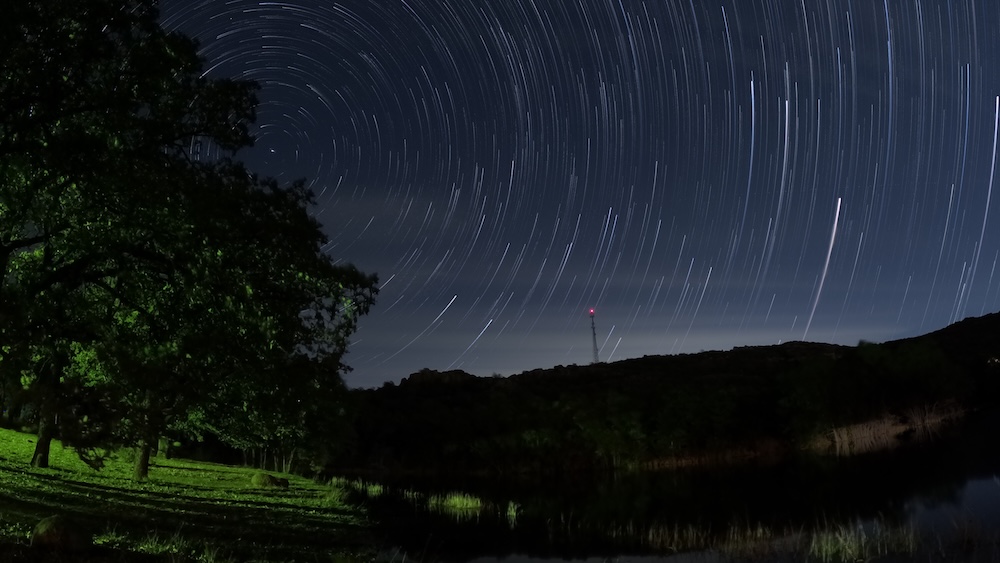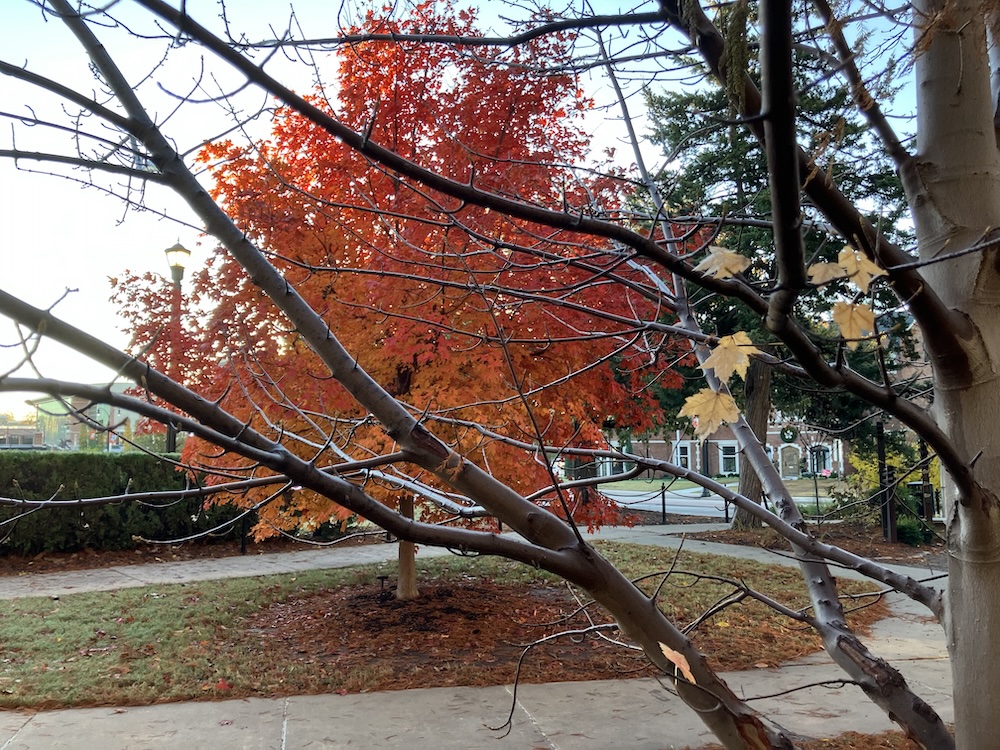
I’m not sure I have the patience to be a wildlife photographer. I certainly don’t have the gear for it, and I don’t really know if I have the compositional eye for this kind of image-making pursuit either. That being said, it is fun to take pictures of our animal counterparts with whom we share the planet every now and again. Most of the time when I end up taking photos of animals, like the squirrel you see here, it’s basically an accident, or perhaps seen from a more positive angle, serendipity. In this case I was walking around Theta Pond on the OSU campus with my Nikon D750 and 105mm macro lens (hardly a good combination for wildlife photos, though an outstanding setup for lots of other kinds of pictures) and just kind of paused in my tracks when I came face-to-face with this fleet-footed furry friend.
Unlike some of the other photos featured here on Weekly Fifty in recent weeks, this one involved virtually no planning whatesoever; it all happened within the span of four or five seconds, and I consider myself lucky to have gotten anything at all as a result. The moment I saw this squirrel I immediately raised my camera to my eye, having already set a few parameters like Auto-ISO with minimum shutter of 1/250 as well as a somewhat small aperture of f/8, and took a couple of shots. I didn’t have time to consider much of anything beyond just trying to focus on its eye and, if I remember correctly, I think my focus point was in the middle already and all I did was just adjust the direction of my camera in a split second in order move the focus point manually and just crop the image later. It also helped that this particular day was quite overcast, which lent a nice even light to the whole scene–at 2pm, which is when this image was captured, the sun was behind the squirrel but obscured by cloud cover, or else the backlighting would have rendered the shot a lot more challenging.
Every now and then I’ll bring my D500 and 70-200mm lens out to get pictures of small animals, but it’s just not something I really get much enjoyment from and most of the time I’m much more content to take creative, artistic photos with my macro lens or even the ol’ 50mm f/1.8G that I’ve had for more than a decade. So when a picture opportunity like this present itself and I’m able to try something a bit out of my comfort zone, it’s fun, interesting, exciting, and even a little exhilarating. I like it :)





